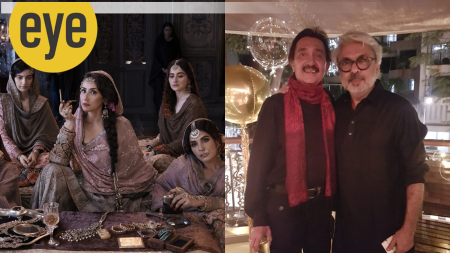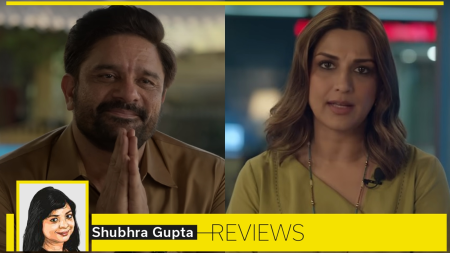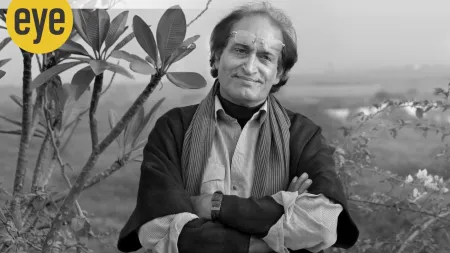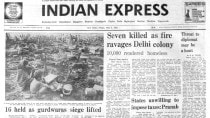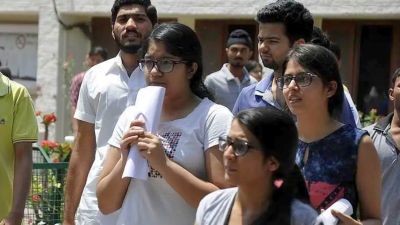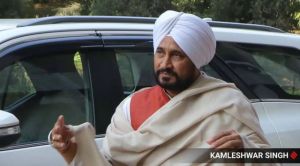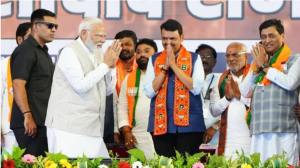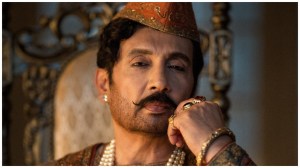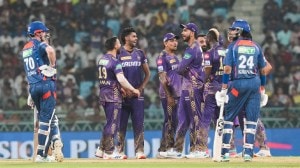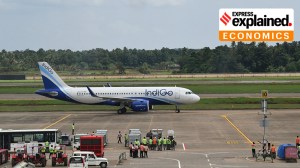- India
- International
India@75: The Waning
Ashutosh Varshney writes: Two foundational projects in India – national integration and commitment to democracy – have been weakening
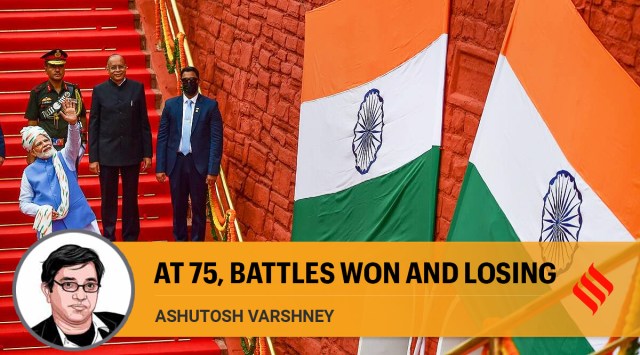 Prime Minister Narendra Modi waves as he leaves after addressing the nation on the occasion of the 76th Independence Day, at the Red Fort in New Delhi. (PTI)
Prime Minister Narendra Modi waves as he leaves after addressing the nation on the occasion of the 76th Independence Day, at the Red Fort in New Delhi. (PTI)In 2013, just before the rise of Narendra Modi to national power, I published a book, “Battles Half Won”. I devoted the first 45 pages to an evaluation of India’s foundational projects at independence. Going through the speeches of India’s freedom fighters and debates in the Constituent Assembly, I identified three projects as key: “Securing national integration, bringing dignity and justice to those at the bottom of the social order and eliminating mass poverty”. My unsurprising conclusion was that six and a half decades after independence, the battles were only “half won”.
A significant part of my assessment was also that India had committed itself to a political framework — democracy — within which these projects would be pursued. The three projects — national integration, social justice and poverty elimination — were common to most newly decolonised nations. What set India apart was its categorical commitment to democracy. In most post-colonial nations, if a conflict between democracy and any of the national projects arose, democracy was tossed aside. By the 1960s, democracies collapsed in most of the newly decolonised world. India’s authoritarian turn did arrive in June 1975, but it was short-lived.
In 2000, analysing a world-wide data-set on democratic survivals and discontinuities, Adam Przeworski wrote that India’s democracy was the most surprising exception to an empirically-based theory of democracy. Once established, democracies survived mostly in wealthy countries. India departed from this theory.
After eight-and-a-half years of BJP rule in Delhi, what has happened to the half-won battles for national integration, social justice and elimination of poverty? Equally important, how strong is India’s commitment to democracy?
Let us begin with those elements of the BJP’s record that show it joining older battles. The attack on poverty persists, but the mode of intervention is different. What Arvind Subramanian calls Modi’s “new welfarism” is essentially an attempt to provide private goods — toilets, gas cylinders, income supplements — through public resources. Land reforms in the 1950s and employment generation after the 1970s had led the attack on poverty. Moreover, Modi has deployed new technology — Aadhaar, cell phones, bank accounts — to transfer many benefits directly. Government has not provided recent data on poverty, and Covid did put a lot of Indians below the poverty line. But the assault on poverty continues.

On caste, the new BJP is no longer a replica of the old RSS, which under Golwalkar was committed to the caste system. Starting with the Deoras era of Hindu nationalism, the idea of lower caste incorporation — as a way to weaken caste hierarchies — took root. Modi was schooled in this new RSS ideology. Affirmative action was India’s original means of attack on caste hierarchies. Modi has brought about two changes. He has sought to reformulate affirmative action to include lower-income Brahmins, which Ambedkar would have found inconceivable. India’s affirmative action was initially envisioned not in terms of income, but something more wide-ranging. It understood deprivation as a consequence of the widely practised and historically entrenched forms of social discrimination, reflected in residential segregation, marriage practices, clothing, diet and access to temples, schools and wells. It was about comprehensive deprivation, not simply meager incomes.


Modi’s approach is basically focused on enhancing the political representation of lower castes. This is not only reflected in picking an Adivasi or a Dalit for President, but more importantly, in recruiting more OBC MPs and MLAs than the earlier BJP ever attempted. This increase is not wrapped in an anti-upper caste rhetoric. Rather, it is aimed at emphasising Hindu unity and de-emphasising caste distinctions. In Hindu nationalist politics, it is the Muslim who is the other, not the upper caste. Lower castes are rising, but instead of displacing the upper castes, they are becoming more Hindu.
What about the two remaining original commitments — national integration and democracy? Severely at risk, let me call them India’s twin emaciations and analyse their devolution.
Democracy first. Modern democracy has two separable dimensions: The electoral and the non-electoral. We can’t have a democracy without freely contested elections. But democracy is also about freedoms that must be made available above and beyond elections, which means most of the time in a citizen’s life. Three civil liberties are critical to this wider view of democracy: Freedom of expression, freedom of association and freedom of religious practice. All three have been eroding since 2014. In 2021, Sweden’s V-Dem Institute calculated that “over 7,000 people have been charged with sedition after the BJP assumed power and most of the accused are critics of the ruling party”. As for freedom of association, which affects civil society most, Rahul Mukherji (Heidelberg) has recently calculated that between 2015 and 2022, nearly 17,000 civil society organisations were denied registration or renewal. India is democratic at the time of elections, and increasingly undemocratic otherwise.
Finally, let us turn to the project of national integration. Because of the enormity of Partition upheavals, how to deal with the Muslim minority was viewed as the crux of national integration. Nehru argued — and Ambedkar agreed — that “whatever the provocations from Pakistan and whatever the indignities and horrors inflicted on non-Muslims there,.. we must give (Muslims) security and the rights of citizens… If we fail to do so, we shall have a festering sore which will eventually poison the whole body politic and probably destroy it.” India’s founding principles were different from those of Pakistan. Religious equality and minority rights would firmly guide India.
The BJP’s policy towards Muslims is uprooting this foundational Ambedkar-Nehru understanding. Laws (like the CAA), executive decrees (such as the hijab ban and the bulldozing of Muslim property) and the anti-Muslim lynchings, rarely punished, are severely undermining equality of citizenship. The use of government bulldozers to demolish Muslim homes and businesses, with Hindu mobs cheering, is actually a new form of pogrom. A pogrom is defined as a state-approved or state-condoned attack on minorities.
How far will these twin emaciations go? Very far unless the courts check the excesses, or the elections do. But judicial subservience is rising. Only electoral pushbacks are likely to alter politics. Will they come?
Social science is bad at dealing with high improbabilities. So let us turn to poetry, a more hopeful domain, and end with the words of Sahir Ludhianvi. Wo subah kabhi to aayegi (that morning will come, some day)!
The writer is Sol Goldman professor of international studies and the social sciences at Brown University.
EXPRESS OPINION
More Explained
May 05: Latest News
- 01
- 02
- 03
- 04
- 05


